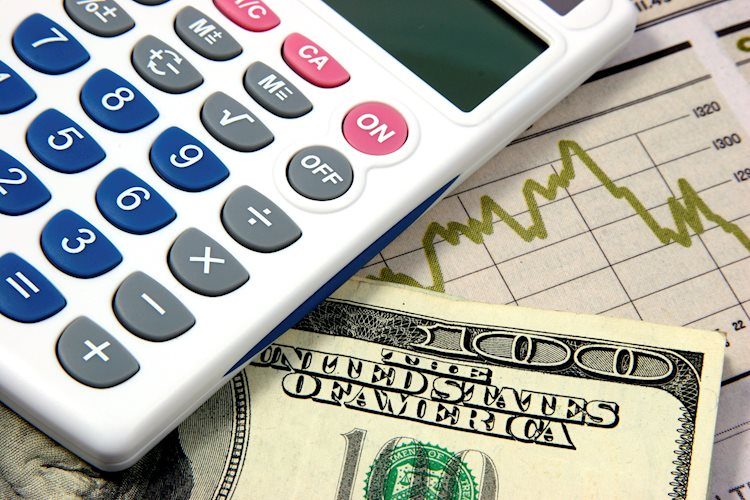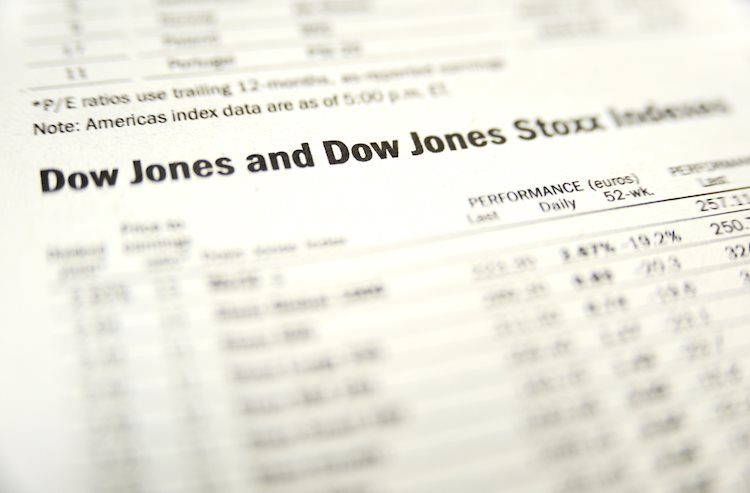DXY consolidates the previous day’s three-month high retreat.
Treasury yields in the United States have risen from their February lows, despite continued market uncertainty.
Buyers remain wary as the wedge rises near the multi-day top.
In early Friday trading, the US dollar index (DXY) oscillates around 92.40, up 0.05 percent intraday. As a result, the greenback gauge tracks Treasury rates’ recovery from multi-day lows on fears about the coronavirus (COVID-19).
The US 10-year Treasury yield has recovered to 1.31 percent, up 2.6 basis points (bps), while the 30-year counterpart has recovered to 1.94 percent, up three basis points (bps) by press time.
Despite Australian Prime Minister Scott Morrison changing his mind on the AstraZeneca vaccine and encouraging people to get Pfizer vaccines early, covid infections in Australia reached a three-day high on July 8. Unfortunately, the virus cases in the United Kingdom have risen to a six-month high, while the numbers in Indonesia, South Korea, and Thailand remain gloomy.
It’s worth noting that the prior day’s weekly figure was higher than projected. Jobless Market participants were unconvinced by the claims because the European Central Bank’s (ECB) willingness to be flexible with the inflation target was in the limelight, as far as ex-covid concerns were concerned.
A light schedule, on the other hand, keeps risk triggers in the spotlight for new impulse.
a technical examination
Although DXY shows a corrective down from the 50-SMA, the recovery advances are challenged by bearish MACD signals.
The rising wedge bearish chart pattern, which is near its highest since April, is also testing the US dollar index bulls.
To keep the DXY bulls hopeful, the recovery advances must defy the wedge formation with an upside break of 92.90. The 93.00 mark is also a significant stumbling block.
Meanwhile, a break below 92.25 would confirm the bearish pattern, implying dollar index decline below the late-June lows around 91.50.
It’s worth noting that the quote’s weakness past 91.50 will be key, as any additional loss below 91.30 will revert the chart to early June highs near 90.60.
Pullback is projected as a trend./n
Read More




